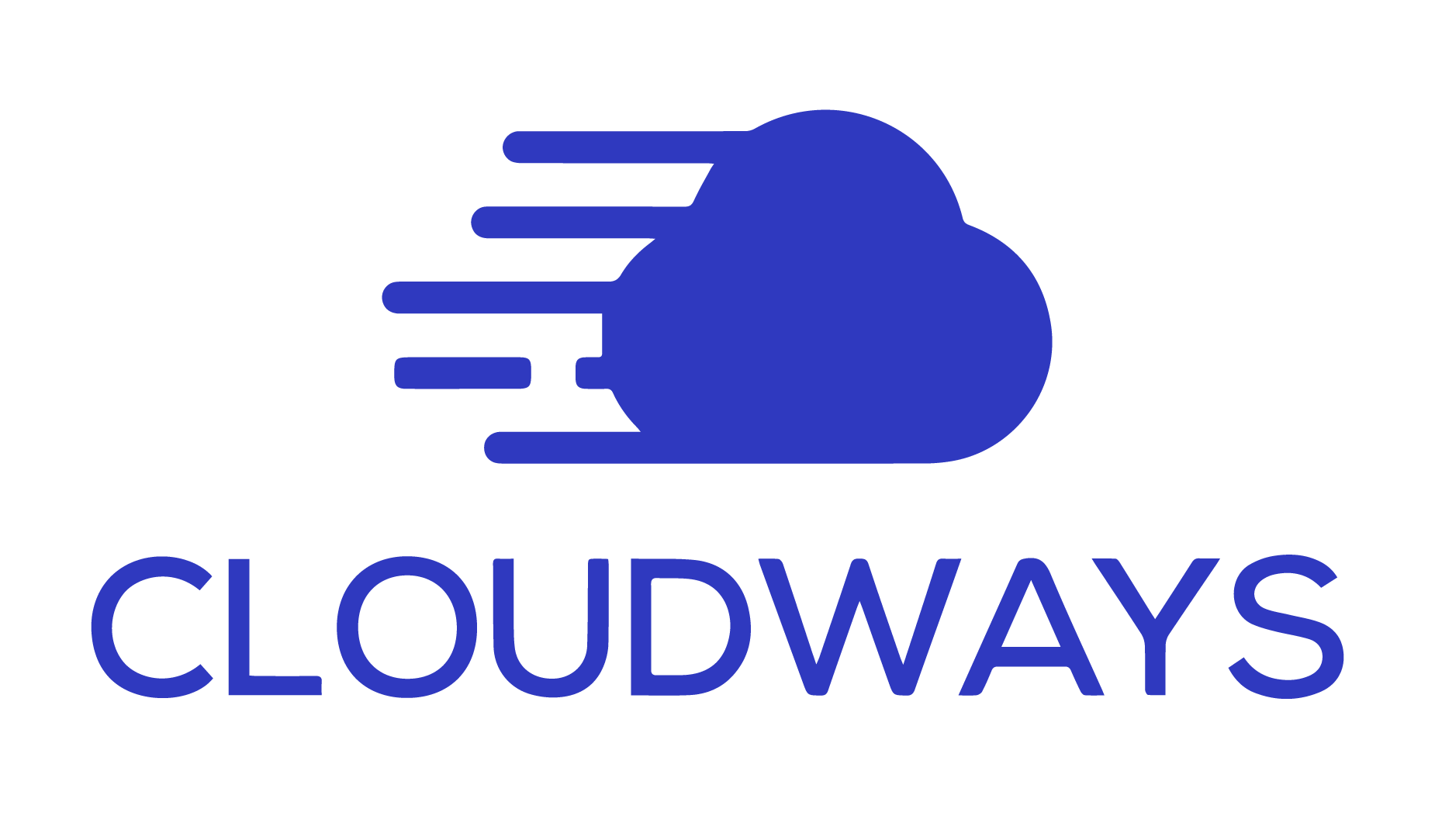When you need funds for large or unexpected expenses, a personal loan can be an effective solution. But before taking this step, it’s essential to understand the process, requirements, and tips for securing the best terms. Here’s a comprehensive guide to help you navigate the world of personal loans in the USA.
Table of Contents
What is a Personal Loan?
A personal loan is a type of installment loan that allows borrowers to receive a lump sum of money, which they repay in fixed monthly payments. This loan can be used for various purposes, from consolidating debt to covering medical expenses. After applying, lenders review your credit score and financial information, then determine eligibility and loan terms.
Key Information Needed Before Applying for a Personal Loan in the USA
Preparing ahead can help speed up your loan approval process. Gather these essentials before you start your application:
- Identification: Driver’s license, social security card, or passport.
- Proof of Income: Recent W2s, pay stubs, or tax returns.
- Employer Information: Name, address, and contact information.
- Proof of Address: Utility bill or lease agreement in your name.
Steps to Apply for a Personal Loan
1. Run the Numbers
Calculate the loan amount you need, considering any fees and interest rates. Make sure you can afford the monthly payments to avoid financial strain. If your lender charges fees, factor that into the total loan cost.
2. Check Your Credit Score
Your credit score plays a critical role in determining loan eligibility and interest rates. Lenders typically favor applicants with a credit score of 670 or higher, but some options exist for those with lower scores. Review your credit report for errors, as even minor issues can impact loan approval.
3. Explore Your Options
Depending on your financial history, you may need a co-signer or secured loan. Some lenders are more lenient with credit requirements, while others may offer lower rates. Researching different lenders, including banks, credit unions, and online options, can help you find the best match for your needs.
4. Choose Your Loan Type
There are various personal loan types based on your purpose, such as:
- Debt Consolidation Loans: Combine multiple debts into one payment.
- Credit Card Refinancing Loans: Help pay off credit card balances at a lower interest rate.
- Home Improvement Loans: Ideal for funding renovations.
- Medical Loans: Assist with unexpected healthcare expenses.
- Emergency Loans: Cover urgent costs like repairs or medical bills.
5. Get Pre-Qualified
Many lenders offer pre-qualification, allowing you to check your eligibility and estimated terms without impacting your credit score. Pre-qualification typically requires basic information, such as income and loan purpose.
6. Shop for the Best Loan Rates
Compare loan offers from banks, credit unions, and online lenders to find the best interest rates and terms. Some financial institutions, particularly credit unions, may offer competitive rates and flexible options, especially for those with lower credit scores.
7. Pick a Lender and Submit Your Application
Choose the lender that offers the best terms for your needs and complete the application process. You may need to provide additional information such as income verification and identification.
8. Review the Fine Print
Before signing, carefully review the loan terms, especially any fees, penalties, or additional conditions. Some lenders offer benefits like reporting payments to credit bureaus or flexible repayment options, which may improve your credit score.
9. Provide Documentation
Submit any additional documentation requested by the lender promptly. This step can include recent pay stubs, identification, and proof of address.
10. Accept the Loan and Start Payments
Once approved, you’ll receive the funds within a few days. Set up automatic payments to avoid missing due dates, as timely payments can enhance your credit score.
Factors That Affect Personal Loan Interest Rates
Understanding what impacts your interest rate can help you negotiate better terms. Key factors include:
- Credit Score: Higher credit scores typically qualify for lower interest rates.
- Debt-to-Income Ratio: A lower ratio indicates financial stability and may lead to better rates.
- Loan Term: Shorter loan terms often have lower interest rates.
- Co-Signer: A co-signer with good credit may improve your eligibility and lower your rate.
Tips for Speeding Up the Loan Process
- Check Your Credit Report: Correct any errors to boost your approval chances.
- Pay Down Debt: Reducing debt before applying can improve your DTI ratio.
- Consider Online Lenders: Many offer quicker approval and funding timelines.
- Use Direct Deposit: Request direct deposit to receive funds faster.
How to Apply for a Personal Loan in the USA
To start your application, you’ll need:
- Social Security Number or ITIN.
- Address and Employment Information.
Once submitted, lenders usually notify you of your loan status within minutes. For existing customers, many banks offer online loan closure, and funds can be available within a day.
👉👉👉 [Apply For Zippyloans Payday Loans Online] 👈👈👈
Applying for a personal loan doesn’t have to be overwhelming. By following these steps and understanding the factors that influence your loan terms, you can secure funding that fits your budget and meets your financial goals.
Best Free Resume Templates to Land a High-Paying Job Easilyhttps://t.co/E2ibG7YBsX#freeresume #templates #resume #jobhunting #jobopening #JobSeekersSA #resumetemplates
— Social Mohalla – Affiliate Marketing Blog (@SocialMohalla) November 8, 2024
- Online Passive Income Starter Kit Review: Your Gateway to Financial Freedom
- How to Grow App Installs: The Ultimate Guide
- How to Get Architect Freelance Work and Own Projects
- Loans for Bad Credit: Your Ultimate Guide to Finding Financial Help in the USA
- DeepSeek vs ChatGPT: Which AI Chatbot Delivers Better Results for Affiliate Marketing?








